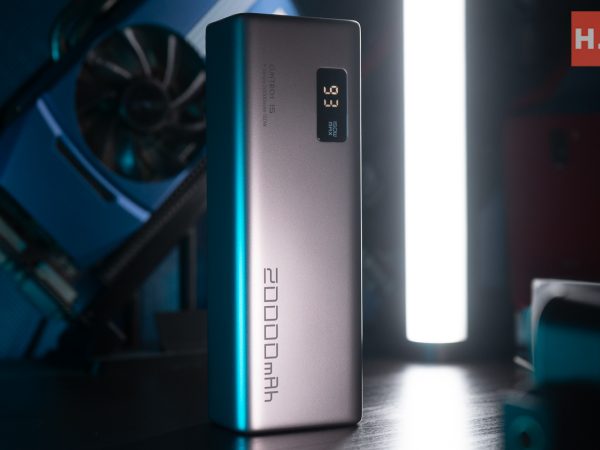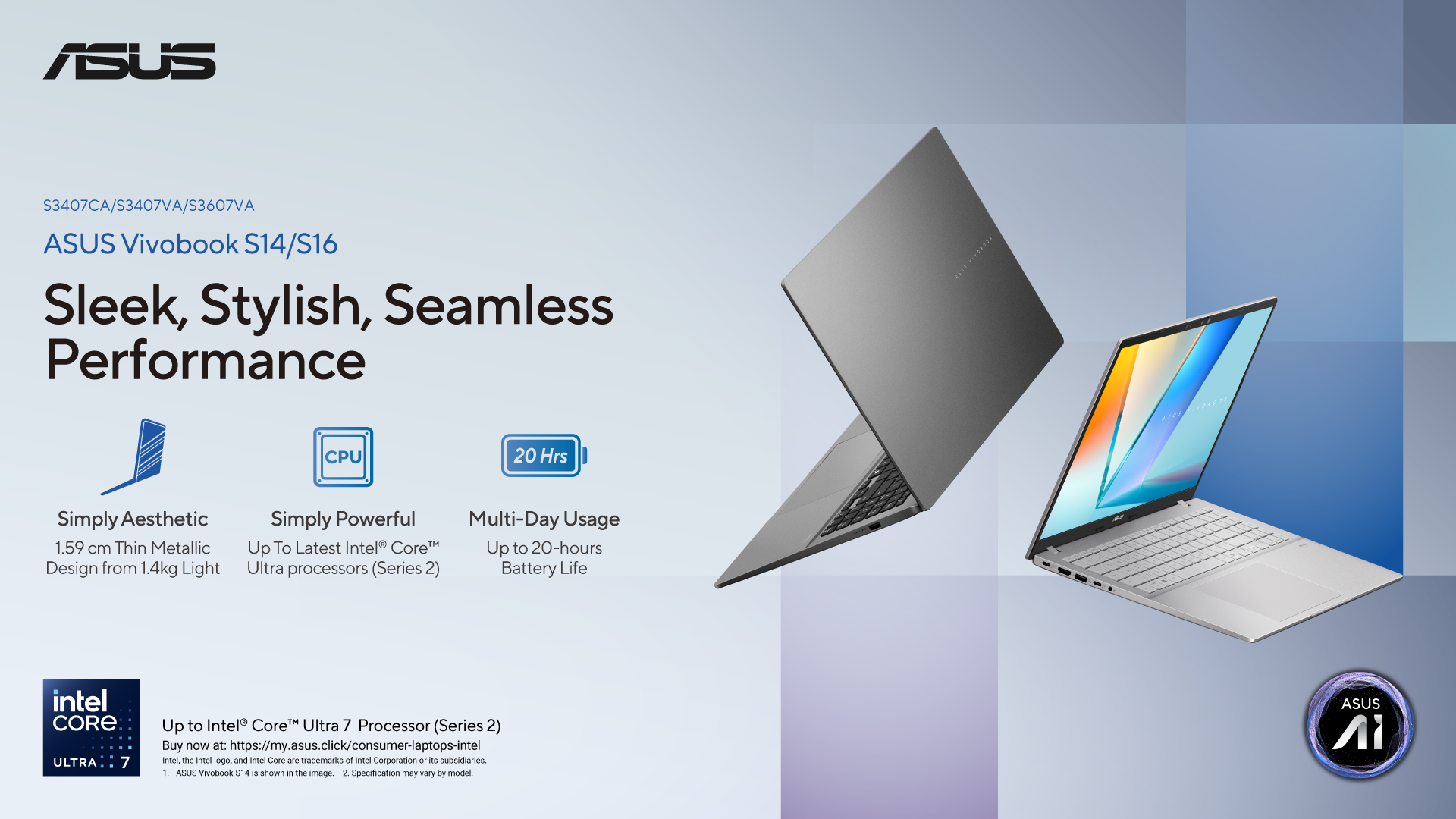
Why Is Zeiss T* Coating Important for imaging?

When it comes to optical excellence, Carl Zeiss is a name synonymous with innovation and quality. One of their most significant contributions to the field of optics is the development of the T* coating, a revolutionary anti-reflective technology that has transformed the way we capture and view the world.

Today we see flagship smartphones carrying Zeiss lens with its signature coating, and we think is a good time for us to have better understanding what actually is, the T* coating.
A Brief History of the T* Coating

The journey of the T* coating began in the 1930s when Carl Zeiss scientists pioneered the concept of applying anti-reflective coatings to glass surfaces. This early single-layer coating, known as the “T” coating, marked a significant step forward in optical technology.

However, it was in the late 1970s that Zeiss introduced the revolutionary multilayer “T*” coating, which would soon become the gold standard for anti-reflective technology.
How the T* Coating Works

The T* coating is a complex system of multiple thin layers of different materials meticulously applied to the surface of optical elements such as lenses, prisms, and filters.

The thickness and refractive index of each layer are carefully engineered to minimize reflections across a wide spectrum of wavelengths.

When light encounters a coated surface, the multiple layers interact in a way that cancels out most of the reflected light, allowing maximum light transmission.
Benefits of the T Coating
The T* coating offers a range of benefits that significantly enhance the performance of optical systems:

- Increased Light Transmission: By reducing reflections, the T* coating allows more light to pass through the lens, resulting in brighter and clearer images, especially in low-light conditions.
- Reduced Flare and Ghosting: Unwanted reflections within the lens system can lead to flare and ghosting, which are distracting artifacts that can degrade image quality. The T* coating minimizes these effects, producing cleaner and more accurate images.
- Enhanced Contrast and Sharpness: By reducing the scattering of light within the lens system, the T* coating contributes to improved contrast and sharpness, making details more defined and colors more vibrant.

Famous Lenses Featuring the T Coating

The T* coating has been adopted by numerous renowned lens manufacturers, including Zeiss itself. Some of the most iconic lenses that showcase the benefits of the T* coating include:

- Zeiss Otus 1.4/55: A legendary prime lens known for its exceptional sharpness and image quality.
- Zeiss Batis 2/25: A popular wide-angle lens for mirrorless cameras, offering a fast aperture and excellent low-light performance.
- Sony FE 24-70mm f/2.8 GM: A professional-grade zoom lens that delivers outstanding image quality, thanks in part to the T* coating.
The T Coating in Smartphone Photography

The increasing demand for high-quality smartphone cameras has led to the integration of advanced optical technologies, including the T* coating. While adapting the T* coating to the smaller and more complex lens systems of smartphones presents unique challenges, manufacturers have successfully implemented it to enhance image quality and low-light performance.

The Sony Xperia 1 II was the world’s first smartphone to feature ZEISS optics with T anti-reflective coating*, marking a significant milestone in mobile imaging. This collaboration brought the renowned optical expertise of ZEISS to the smartphone world, delivering a new level of image quality for mobile photography enthusiasts.

Other notable examples include the vivo X60 series, which features ZEISS optics with T* coating and iconic ZEISS lens style bokeh in portrait mode. This partnership between ZEISS and vivo has brought premium imaging characteristics to mobile devices, elevating the smartphone camera experience.







A Legacy of Excellence
The Zeiss T* coating stands as a testament to the company’s commitment to pushing the boundaries of optical technology. By minimizing reflections and maximizing light transmission, the T* coating has revolutionized the way we capture and experience the world through lenses.

As imaging technology continues to evolve, the T* coating will undoubtedly remain a cornerstone of optical excellence in the smartphone industry, enabling users to capture stunning images with their mobile devices.
All the sample image are taken with the vivo X200 Pro, if you are interested to learn more about the powerful camera/smartphone, check out our review of the vivo X200 Pro here:











